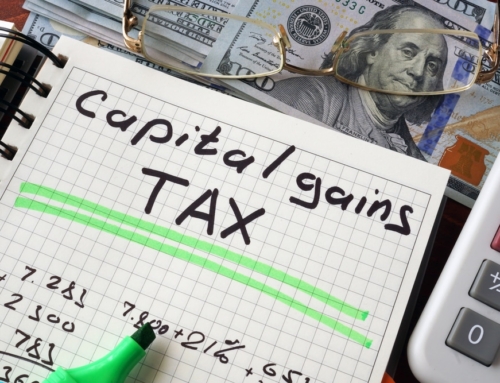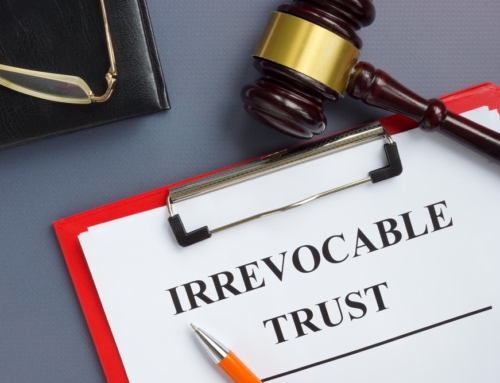Tax season doesn’t end when you file your taxes on April 15. Tax issues continue all year round, so it’s important to regularly assess your tax situation, and now—halfway through the year—is the perfect time.
At this point, you probably have some idea about the direction in which your personal balance sheet is headed, and you likely have some financial expectations for the rest of the year as well.
Here are a few things to consider when reviewing where you stand with Uncle Sam:
Do you need to adjust your withholding? Review your withholding and figure out whether you need to make adjustments. If you received a big refund last year, it might be time to make some changes.
Are you up to date on estimated tax payments? Calculate how much you expect to owe for the year, and, if necessary, adjust your payments accordingly. If your income fluctuates, it’s OK for your payments to be different each quarter.
Is it time to buy a home? If you’re a renter, this may be a good time to buy a home because you’ll get a nice tax break. Of course, when you run the numbers, remember to take into account additional costs, including the cost of routine maintenance and expensive one-time repairs. Also factor in your time, which is irreplaceable—how much of it you will need to invest each week on mowing the lawn, pruning, and making repairs?
Do you need a new car? If so, consider buying one now. The credit for fuel cell vehicles is still available, and you can get a tax credit of up to $12,000 for certain Hondas or Mercedes Benzes. Check out the IRS’s list of qualified vehicles, and use Form 8919 to determine the credit.
But beware: If the credit is higher than your tax liability, you won’t get a refund for the difference, and you will lose the excess credit.
Have you sold, or will you sell, any stocks? Review all of your investment accounts to ensure that you have your cost basis—the original value of an asset adjusted for stock splits, dividends, and capital distributions—entered correctly. If you decide to sell any of your investments, you’ll need to know your cost basis to determine how much you’ll pay in taxes.
Your brokerage likely offers some decent tools to help you update your basis data. If you have securities you’ve owned for a long time and don’t really know all the details of the basis changes over the years, visit your stock’s shareholder relations site, or use a tool like www.netbasis.com. Services like these can help you reconstruct your cost basis.
If you don’t do this, you could wind up paying more taxes than you expect. For example, Liz Weston’s column in the Los Angeles Times recently featured a question from someone who said he was going to have a $30,000 gain from selling his mutual funds—but that shouldn’t be the case.
Why? When you own a mutual fund account or participate in a dividend reinvestment program (DRIP), all of your dividends and earnings are taxed each year. Then, those earnings are used to buy additional shares. You should be adding those dividends and gains to your original purchase cost each year so that when you get ready to sell, you will have very little gain, and you might even have a loss. After all, you’ve already been taxed on all those years of income.
This is a start for this month, but I’ll find other things for you to do so you don’t get bored. You wouldn’t want you to have too much free time, would you?
Eva Rosenberg, EA is the publisher of TaxMama.com ®, where your tax questions are answered. She is the author of several books and ebooks, including Small Business Taxes Made Easy. Eva teaches a tax pro course at IRSExams.com and tax courses you might enjoy at http://www.cpelink.com/teamtaxmama.
[amazon_link asins=’1524763438,B01HO06HAK,B01BMDQ9U8,B073TLKQB9′ template=’ProductCarousel’ store=’thinkglink-20′ marketplace=’US’ link_id=’ad6513c4-102f-11e8-b9bd-21dc5ab6063b’]






